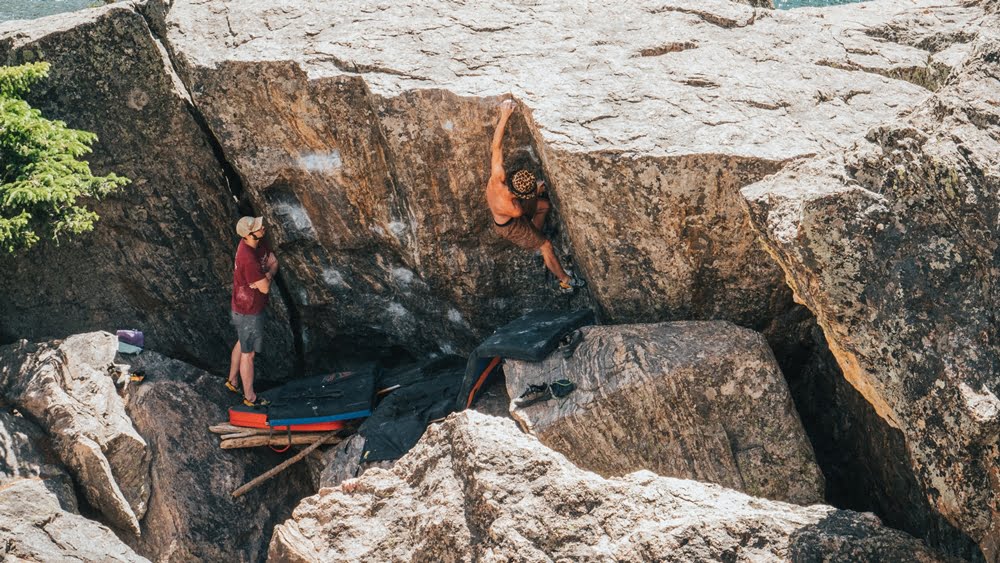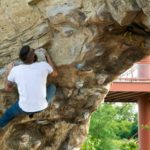As a rock climber, if you have hit a plateau, there is a high chance that your fingers are limiting you. Your climbing technique and mental game are no doubt crucial for your advancement. However, when we consider the physical aspect of your performance, increasing your finger strength is central to taking your climbing to the next level.
The best way to develop finger strength is by training on a hangboard three to four times a week. It not only helps you improve your grip strength but also enables you to develop a capability to recover on smaller holds, increase your stamina and endure for a longer time on submaximal holds.
Note that if you have just started climbing, hangboarding is not for you. You should simply continue to climb and naturally develop finger strength via climbing and bouldering. Individuals with six to eight months of climbing experience can move on to hangboarding to improve finger strength.
How to prevent injuries?
Before we move on to explaining hangboard workouts for beginners, intermediate and advanced climbers, it is imperative to understand that misuse or overuse of a hangboard can lead to injuries. Common injuries include finger tendon strain and ruptures. Hence, instead of dealing with pain and forced rest period, later on, it is better that you take precautions while training.
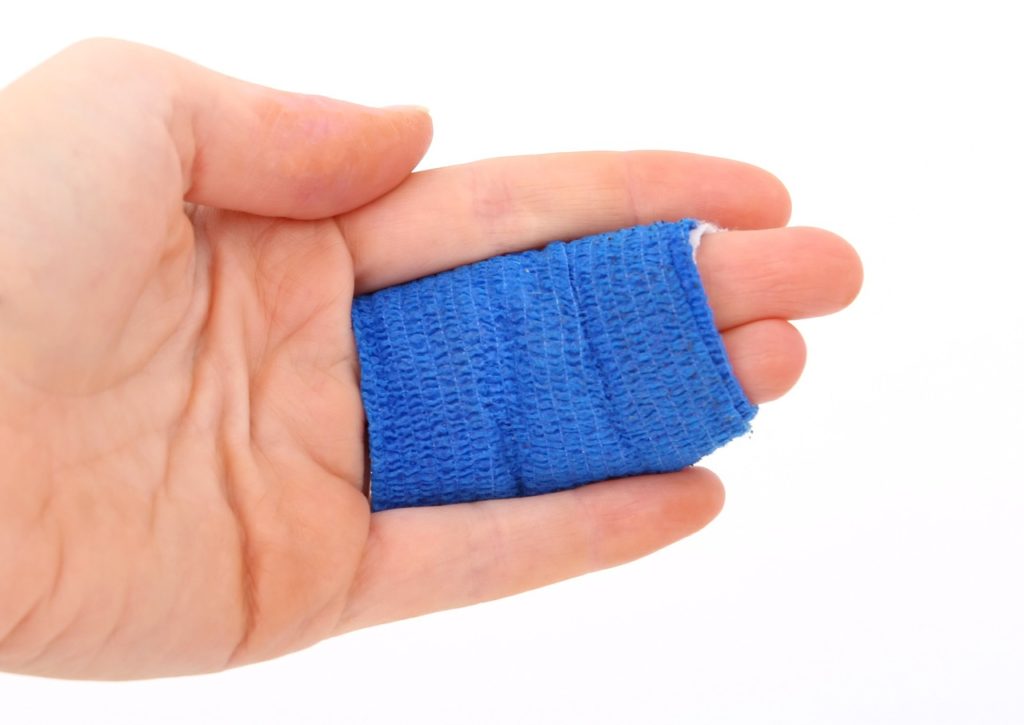
As Alannah Yip, a member of the Canadian Climbing Team puts it,
“The first thing to keep in mind is that a hangboarding workout isn’t going to feel the same as a regular, full-body strength workout because you’re training the tendons and ligaments. These take a lot longer to develop, and you don’t want excessive strain on them before they’re ready. When you’re hangboarding, you’re just hanging off of two hands, so you need to be quite careful with the amount of load that you put on.”
Some of the things you can do to prevent injuries are:
- Before hanging, perform a full-body warm-up session to activate your muscles.
- If a hold is painful and produces a strain on your tendons and joints, avoid it till you are ready.
- Make sure your form and technique are on point.
- Rest, even if you think you don’t need it.
Warm-up
Even though the idea of having to warm up before a workout is repulsive for many, getting your body ready for training is an essential step especially if you want to avoid injuries. A training session that is not backed by a proper warm-up session will either end up in a flash-pump or a season-ending injury.

If you already have a tried and tested warm-up ritual that you follow, stick to it. If you don’t, you can incorporate the following exercises in your pre-training routine.
- Jumping jacks (3 x 10)
- High knees (3 x 10)
- Butt Kicks (3 x 10)
- Shoulder shrug circles (3 x 10)
- Wrist circles (3 x 10)
- Neck rotations (3 x 10)
- Arm rolls (3 x 10)
- Arm line rotations (3 x 10)
In case this sounds boring, you can also replace your warm-up workout with 30 mins of jogging, brisk walk, or cycling.
Hangboard training for beginners
If you are new to hangboarding, the most effective way to method to adopt is ‘Minimum edge training’. This training technique helps you develop finger strength and improve endurance without increasing the risk of injury.
This fingerboard protocol requires you to hang on to the selected hold for 12 seconds which is the terminus of the anaerobic A-lactic energy pathway that powers your maximum grip strength.

To start your training, find out the holds you can hang on for 15 seconds. Start your training with half crimp or open hand crimp and only hang on the hold for 12 seconds. Do not hang until failure and do not hang with a full crimp, it will lead to injuries.
Start with hanging for 12 seconds and taking a rest for 2 minutes. One set will include five reps. As a beginner, you should initially perform 2 sets.
Hangboard training for Intermediate climbers
As an intermediate climber, your training session will pretty much look like the beginner training session. However, the intensity will be higher.
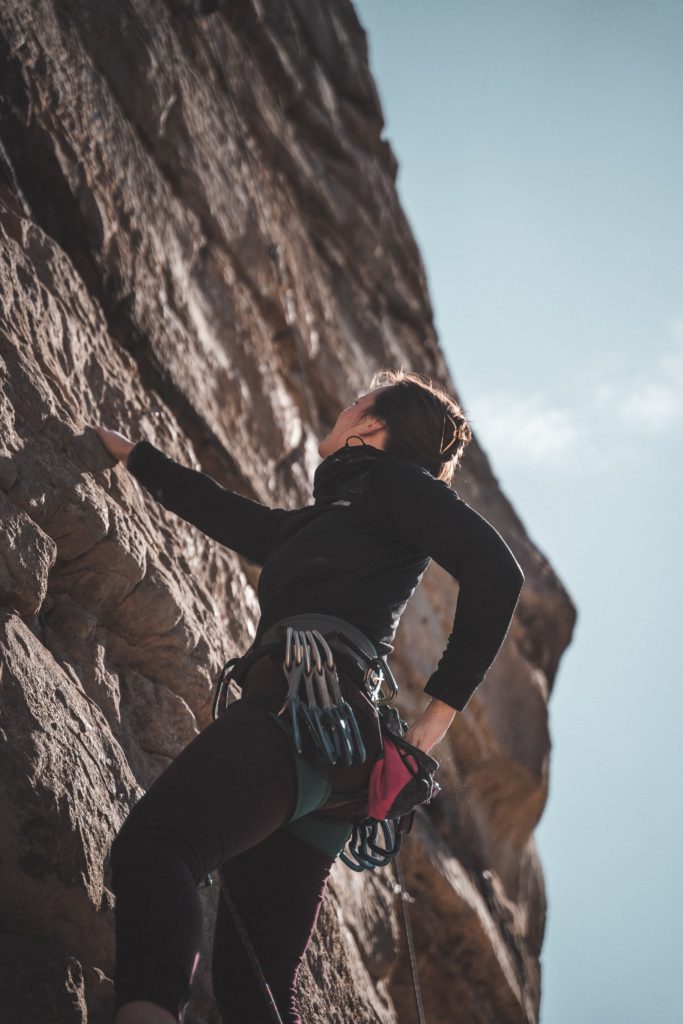
Along with half crimp or open hand crimp you can also throw in a pinch crimp and perform five to six sets of the Minimum edge training protocol mentioned above. However, if you feel the resting time is too much, you can reduce it to 1 minute 45 seconds.
Slowly and gradually as your strength increases, you can move to smaller holds.
Hangboard training for advanced climbers
For advanced climbers, the training protocol is quite different. Once hanging on different holds on a hangboard becomes easy, it’s time to take things to the next level.
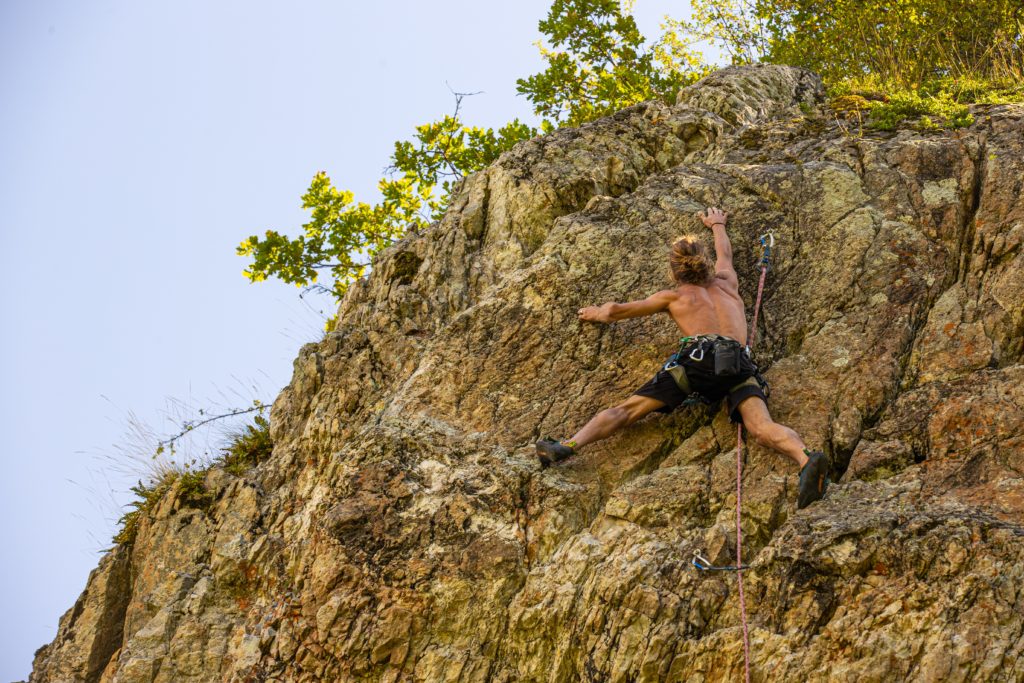
Advance climbers use a training technique called ‘Maximum weight training’. It requires you to select holds with edges that are slightly less than 1-inch in depth. After that, you have to find a weight with which you can hang on to the hold for 10 seconds until failure. Your actual training hang will be 7 seconds.
Your average rep should consist of a 7 seconds hang followed by 53 seconds of rest. Perform 3 reps per set and 2 sets per workout with a 3 minutes break in between. If you are just starting with this training protocol, do two sets just two days per week and slowly increase it to five sets.
Conclusion
The aforementioned training protocols have been known to boost finger strength by folds if done properly. However, to prevent injuries, keep the precautions in mind. Moreover, you should always top of your hangboard training with five minutes cool down that should consist of forearm stretch, shoulder stretch, triceps stretch, and a child’s pose stretch.
If you feel the workouts are too easy for you, after a few weeks of following the routine, you can add exercises such as eccentric pull-ups and leg raises to increase the intensity. However, introduce them in your workout sessions one by one.
In addition to this, if you are looking for more workouts that can help you train for rock climbing, check this blog out.

